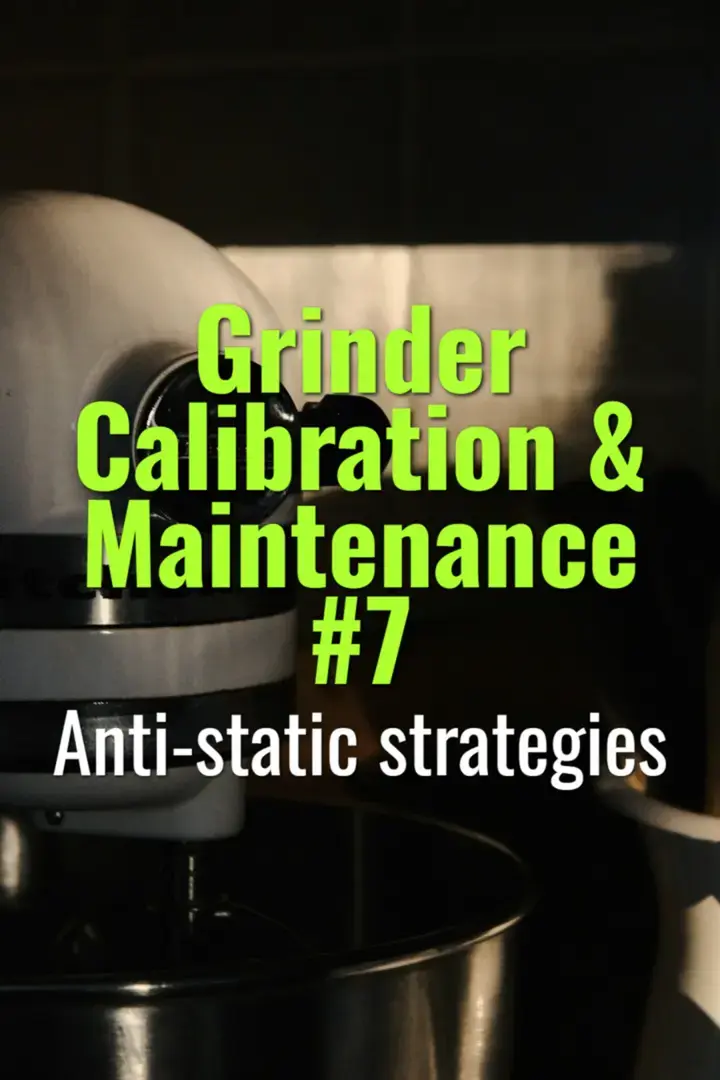Anti-static strategies
How to reduce static buildup in coffee grinders, preventing clumping, mess, and inconsistent dosing.
- Coffee Basics Nerds
- 1 min read
Article 7 of 12 in Grinder Calibration & Maintenance/

Why Static Happens
- When beans pass through burrs, friction and particle collisions generate electrostatic charge.
- Dry environments (low humidity) and certain plastics amplify the effect.
- Results in: coffee spraying, clumps, and uneven distribution.
Symptoms of Static Issues
- Grounds cling to chute or portafilter.
- Coffee sprays around grinder.
- Inconsistent dose weight due to retention on surfaces.
Anti-Static Strategies
- RDT (Ross Droplet Technique): Lightly mist beans with water before grinding (one drop per dose). Greatly reduces static.
- Humidity Control: Maintain ambient humidity (40–60%) to minimize charge buildup.
- Grinder Materials: Metal chutes and anti-static coatings discharge static better than plastic.
- Ionizers: Some grinders integrate ionizing technology to neutralize charges.
- Workflow Tweaks: Tapping portafilter or dosing cup helps settle clumps.
Best Practices
- Use minimal water with RDT to avoid damaging burrs or causing rust—just enough to coat beans.
- Clean grinder regularly; built-up oils make static worse.
- In commercial settings, consider grinders with anti-static flaps or chutes built in.
Summary
Static is a natural byproduct of grinding but can be controlled with simple techniques. From RDT and humidity management to anti-static grinder design, these strategies ensure cleaner dosing, reduced clumping, and more consistent brews.
You might also like:
- Tags:
- Best Practices